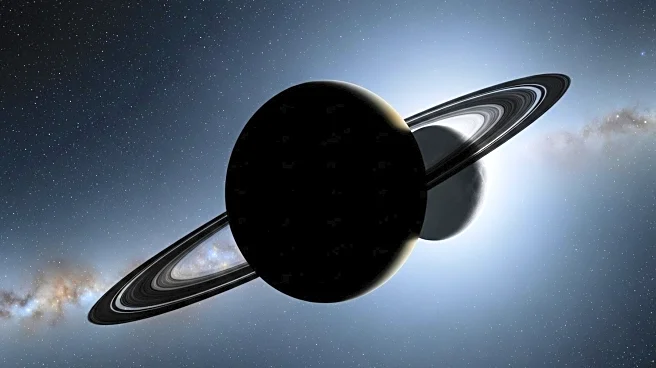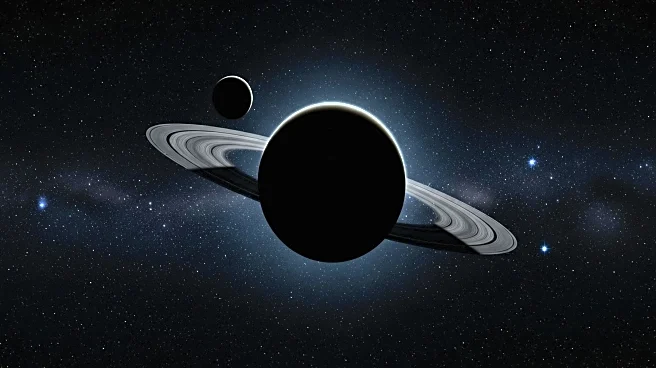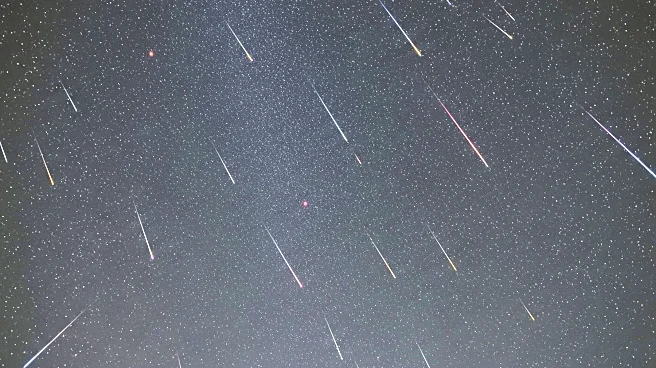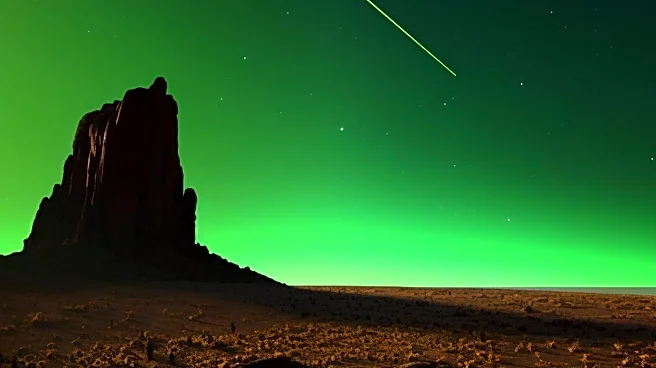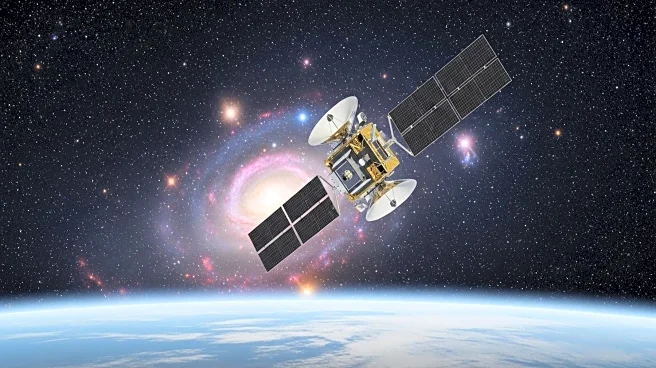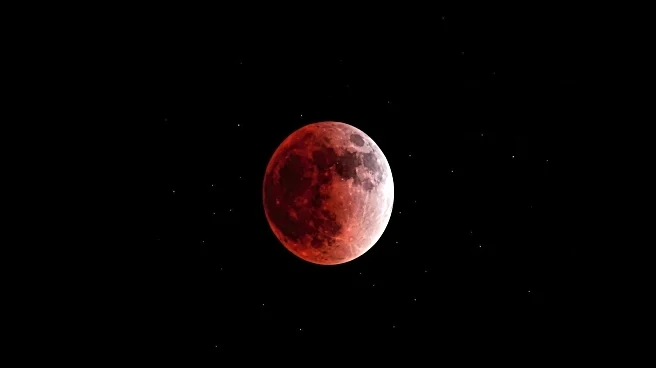What's Happening?
On September 4, Saturn's largest moon, Titan, will cast a shadow across the planet's cloud tops, creating a rare transit event visible from Earth. This phenomenon occurs once every 15 years when Saturn's rings and Titan's orbit align edge-on with Earth. The transit will begin at 1:25 a.m. ET and last for approximately three and a half hours. During this time, Titan's shadow will move across Saturn's surface, visible to amateur astronomers in the U.S. Saturn will be located below the constellation Pisces in the southern horizon. The event offers a unique opportunity for stargazers to observe the shadow transit using telescopes.
Why It's Important?
The Titan shadow transit is significant for astronomers and enthusiasts as it provides a rare opportunity to observe celestial mechanics in action. Such events enhance understanding of planetary movements and the dynamics of Saturn's moons. For amateur astronomers, it is a chance to engage with astronomy and witness a spectacular cosmic event. The visibility of this transit from the U.S. makes it accessible to a wide audience, potentially increasing interest in astronomy and science education. Observing these transits can also contribute to scientific data collection and analysis.
What's Next?
Following the September 4 transit, there will be two more opportunities to observe Titan's shadow on Saturn's surface during the current season, with events on September 20 and October 6. After these dates, the next chance to witness such a transit will be in 15 years when Saturn's rings realign with Earth. Astronomers and enthusiasts are encouraged to prepare their equipment and plan observations to maximize the experience. The event may also inspire further research and public interest in planetary science.
